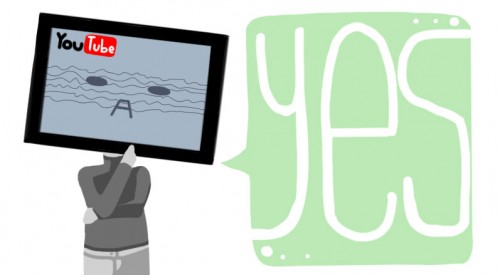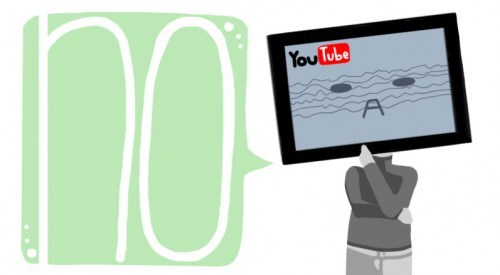MOOR vs. MOOR: Should permission be required to appear in YouTube videos?
CAROLINE REN
Editor in Chief
In an age in which adolescents frequently access various types of media with relative ease, a growing concern that remains unchecked is whether individuals truly have privacy anymore.
While requesting permission from every person who appears in a video on YouTube may seem unnecessary, refraining from doing so causes a greater hassle in the end. According to YouTube’s privacy policy, individuals who feel uncomfortable with identifying information or footage of them must contact the uploader to remove the content, and if that fails, they must then directly contact YouTube via privacy complaints. However, with the site’s immense popularity, the video itself could be viewed by hundreds, thousands or millions of people before being taken down.
Moreover, online content may have far-reaching consequences for an individual’s future. Individuals commit acts they later regret, and if these actions are caught on film and uploaded, those people could suffer from many various effects: suspension or expulsion from school, difficulty finding or maintaining jobs or even hardships in personal relationships. These possible outcomes should be kept in mind.
Perhaps YouTube has become so integrated in our lives that privacy isn’t as big of a concern anymore, but considering that media release forms are required in schools for student activity to be photographed, videotaped or voice recorded, it’s strange that the same concept doesn’t apply to another large medium, one with far greater impact than many assume.
With online videos becoming increasingly accessible and invasive, the idea of privacy—and whether it even exists in this generation—is a highly debated one, with permission as the suggested remedy.
It seems trivial and unnecessarily troublesome to ask for permission from every person identified within a nonprofit video, assuming that such persons are not the focus of the video’s content nor is their private information explicitly identified for public eyes.
Moreover, if the video was shot in a public location, it is unreasonable for someone to expect privacy. Individuals who are afraid of negative repercussions because of any recordings should be aware of what they engage themselves in prior to the actual event.
Some may argue that this idea of signed consent is similar to school media parent-signed release forms, but those release forms are typically only necessary when students are clearly identified or are within special education programs. Videos that are shot of students anonymously engaging in normal school activities or during events available to the public are harmless and expected, respectively.
Privacy laws were designed to protect identified individuals from any possible abuse, which is logical and respectable. However, for unidentified individuals who are happenstance cameos, signed consent seems inessential and ultimately hinders creative expression from well-intentioned video creators.



